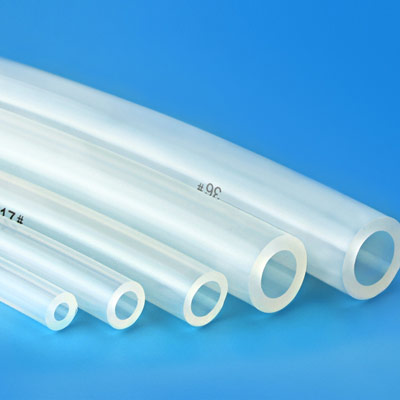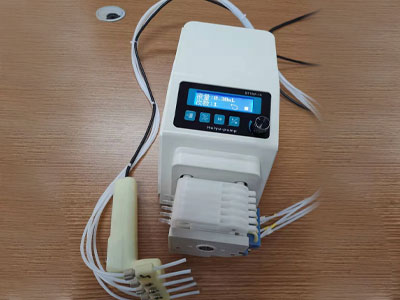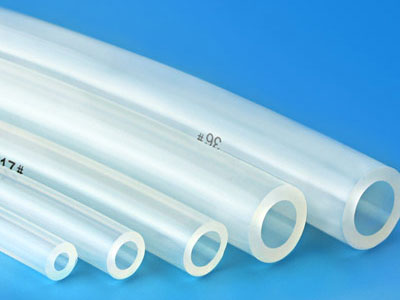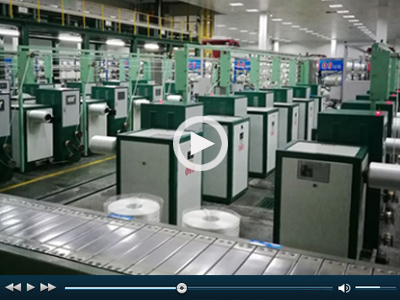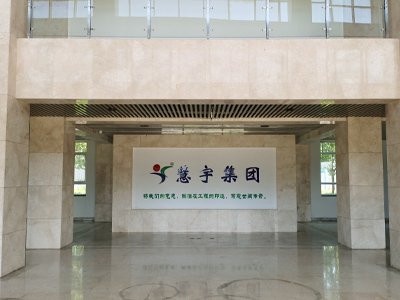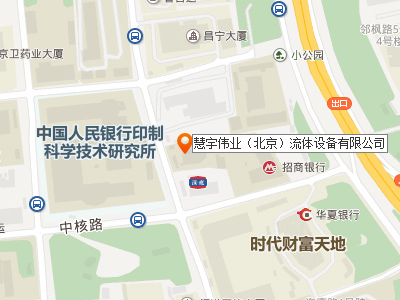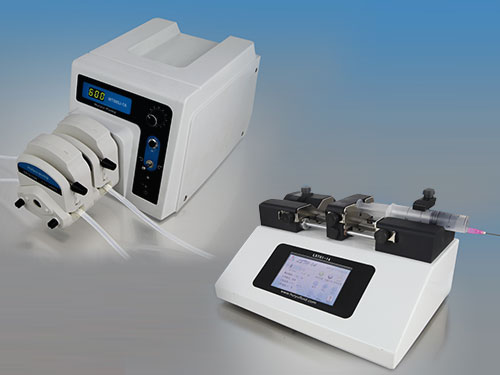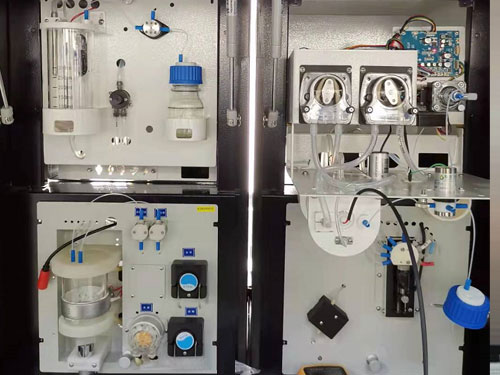-
Products
-
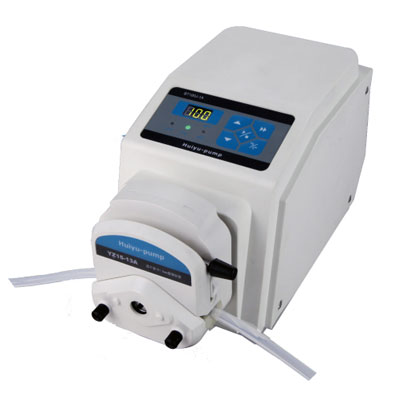 BT100J-1A
BT100J-1AFlow range:≤380ml/min
-
 BT300J-1A
BT300J-1AFlow range:≤1140ml/min
-
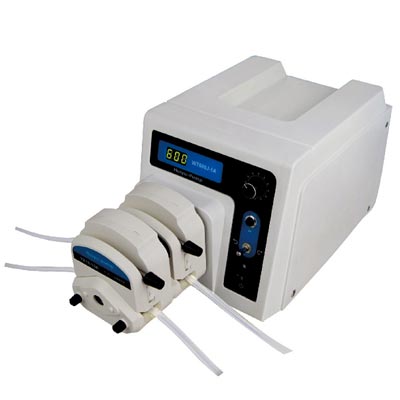 WT600J-1A
WT600J-1AFlow range:≤6000ml/min
-
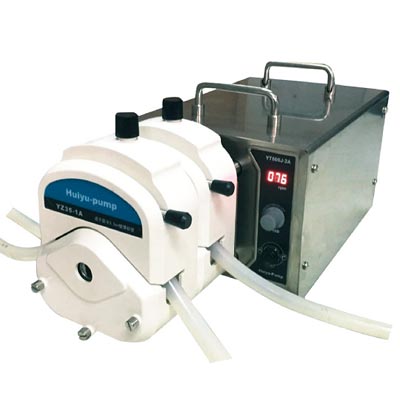 YT600J-2A
YT600J-2AFlow range:≤13000ml/min
-
 FB600-1A
FB600-1AFlow range:≤13000ml/min
-
 BT100L-1A
BT100L-1ASingle channel flow range:≤380ml/min
-
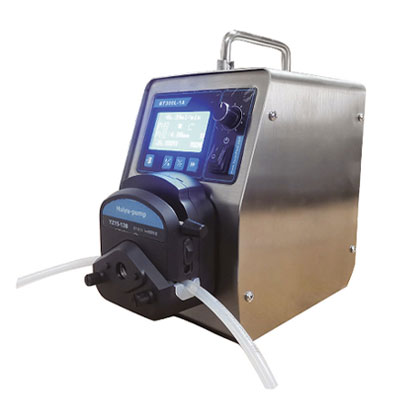 BT300L-1A
BT300L-1AFlow range:≤1140ml/min
-
 WT600L-1A
WT600L-1ASingle channel flow range:≤12000ml/min
-
 The CT100-600F series
The CT100-600F series -
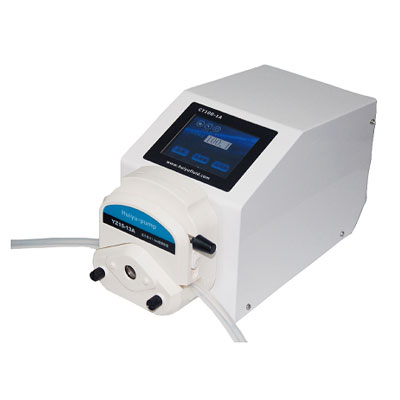 CT100-1A
CT100-1AFlow range:≤900ml/min
-
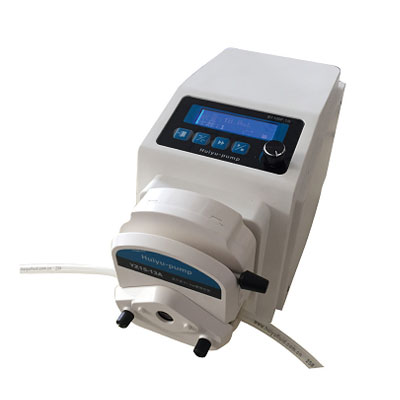 BT100F-1A
BT100F-1AFlow range:≤380ml/min
-
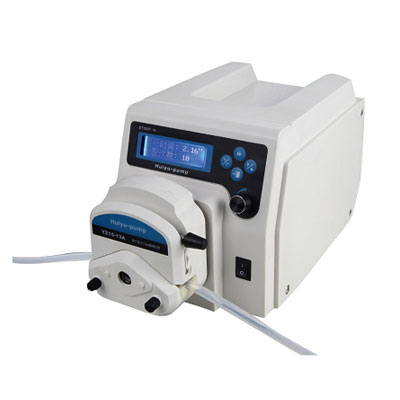 BT300F-1A
BT300F-1AFlow range:≤1140ml/min
-
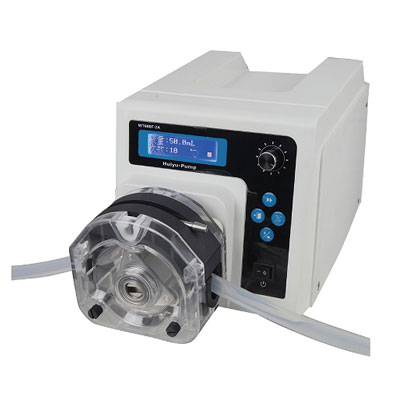 WT600F-2A
WT600F-2ASingle channel flow range:≤6000ml/min
-
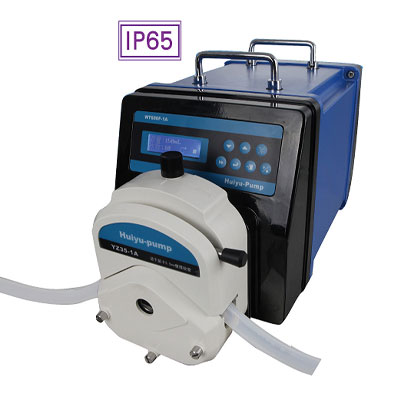 WT600F-1A
WT600F-1ASingle channel flow range:≤13000ml/min
-
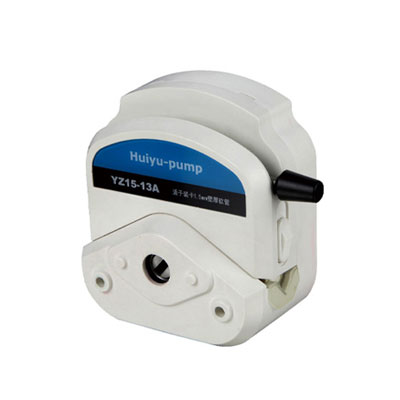 YZ15/25
YZ15/25Flow range:≤2200ml/ min
-
 Industrial easy load pump head YZ35
Industrial easy load pump head YZ35Flow rate range: ≤13000ml/min
-
 Multi-channel pump head
Multi-channel pump headSingle channel flow range:≤48ml/min
-
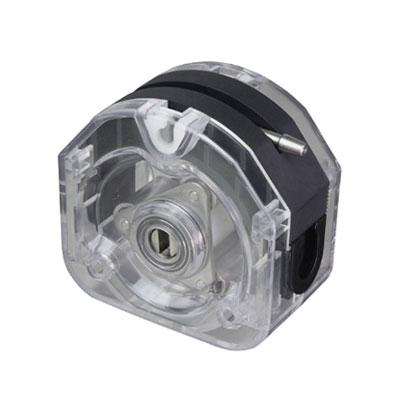 Quick load pump head—KZ25
Quick load pump head—KZ25Flow range: ≤6000ml/min
-
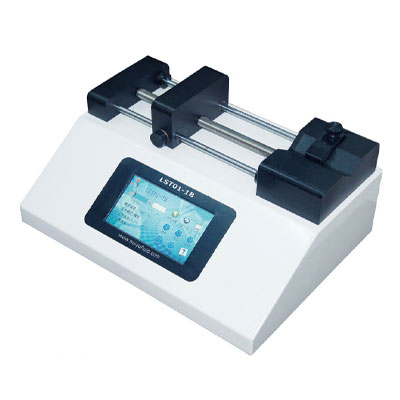 LST01-1B laboratory syringe pump
LST01-1B laboratory syringe pumpFlow range: 0.001μl-86.699ml/min
-
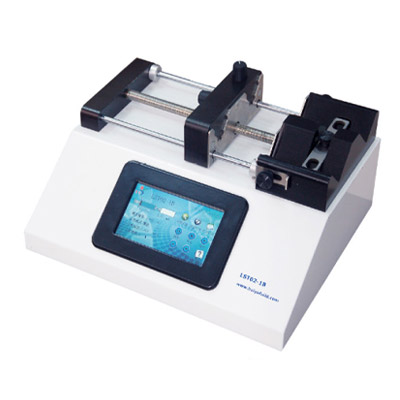 LST02-1B laboratory syringe pump
LST02-1B laboratory syringe pumpFlow range: 0.001μl-86.699ml/min
-
 LST01-1A micro volume syringe pump
LST01-1A micro volume syringe pumpFlow range: 0.001μl-14.068ml/min
-
 MSP30-1A
MSP30-1AStroke length: 3000 steps (30mm)
-
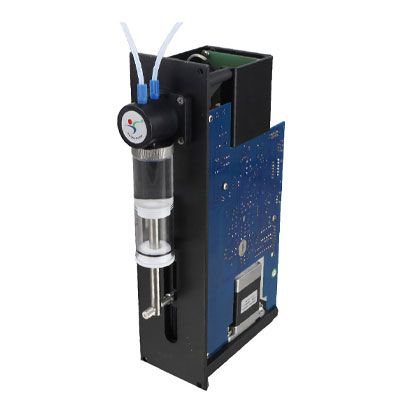 MSP60-1B syringe pump
MSP60-1B syringe pumpStroke length:6000 steps (60mm)
-
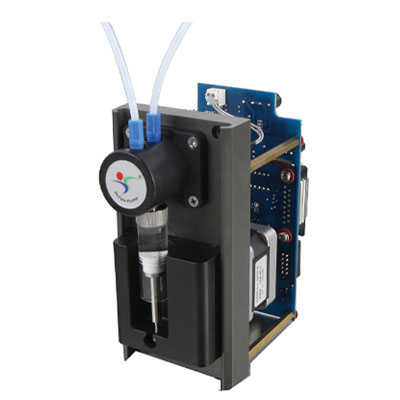 MSP30-2A
MSP30-2AStroke length:1000 steps (30mm)
-
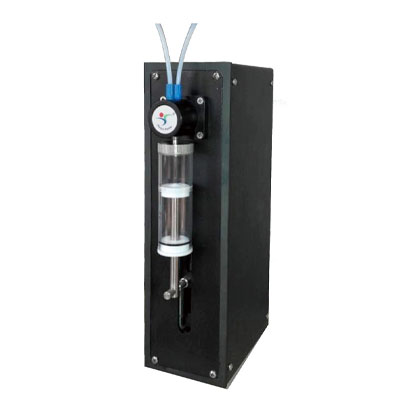 MSP60-3A
MSP60-3AStroke length:6000 steps (60mm)
-
 Micro piston pump
Micro piston pumpPlunger stroke:12.5mm(2000)step
-
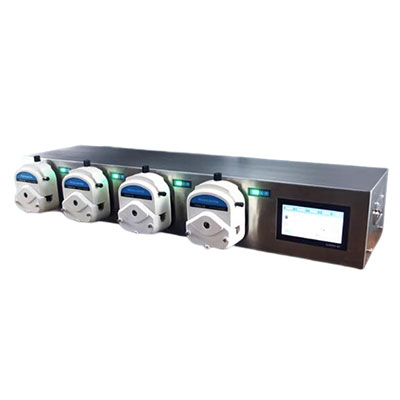 Large volume filling system
Large volume filling system -
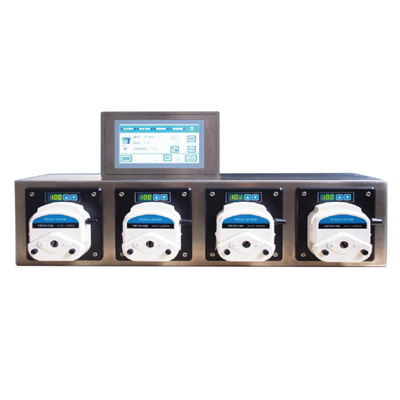 GZ100-3A
GZ100-3A0.1-9999.99mL
-
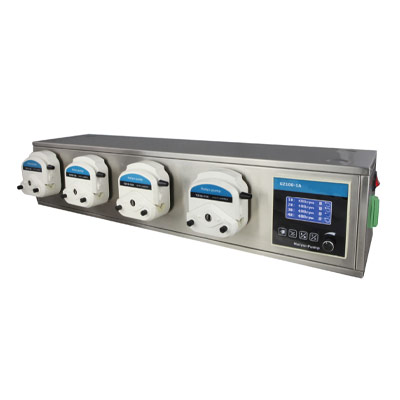 GZ100-1A
GZ100-1A0.5-100mL
-
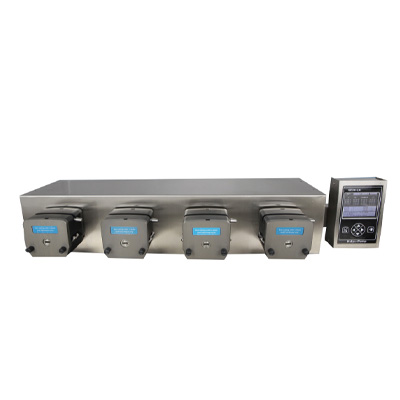 GZ30-1A
GZ30-1A0.1-30mL
-
 OEMDSK100-07/WX10
OEMDSK100-07/WX10Flow range: ≤40ml/min
-
 OEMDSK100-01
OEMDSK100-01Flow range: ≤170ml/min
-
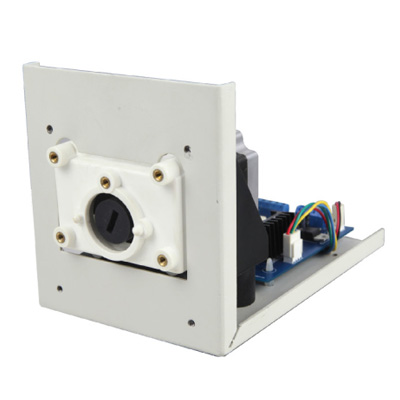 OEMDSK100-600
OEMDSK100-600≤2200ml/min
-
 OEMDSK300-01
OEMDSK300-01Flow rates:≤1140ml/min
-
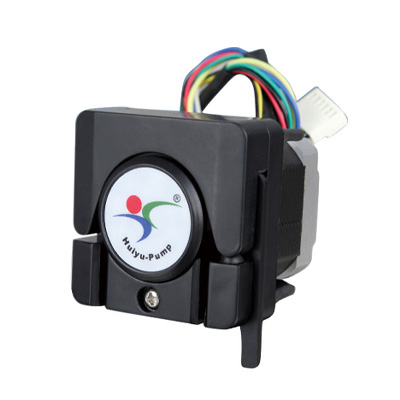 OEMDSK60-02/WX10-1A
OEMDSK60-02/WX10-1AFlow range:≤24ml/min
-
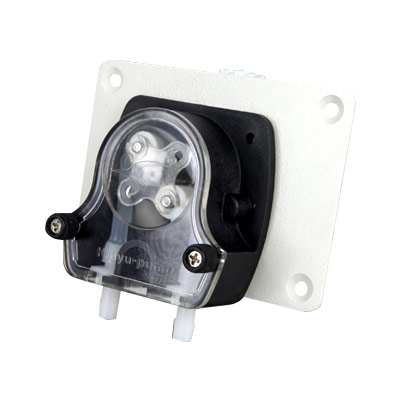 JY15-1A
JY15-1AFlow range:≤170ml/min
-
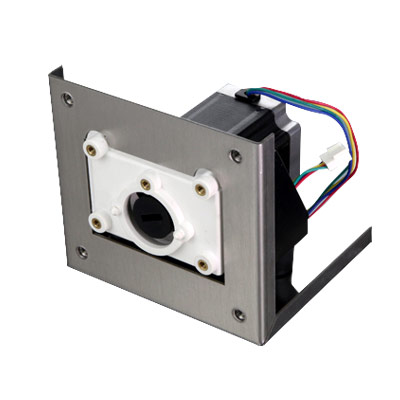 OEM300J-01
OEM300J-01flow rate:≤1140ml/min
-
 OEMDS100-600
OEMDS100-600Flow range:≤2200ml/min
-
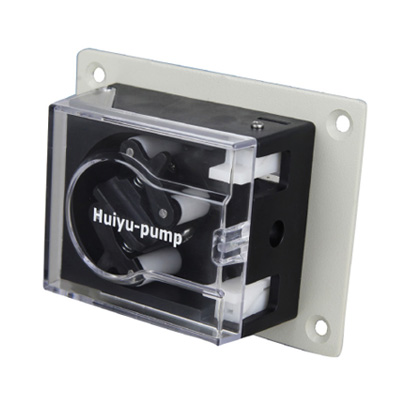 OEMMA60-1A/TH15
OEMMA60-1A/TH15Flow range: ≤184ml/min
-
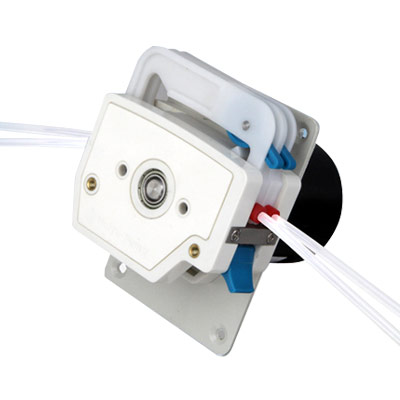 OEMMA60-03/DG-2
OEMMA60-03/DG-2Flow range: ≤48ml/min
-
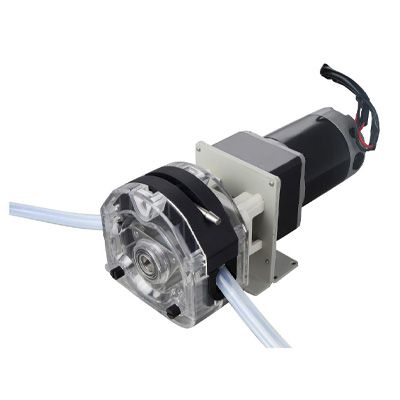 OEMDD120-01/KZ25-1A
OEMDD120-01/KZ25-1AFlow range: ≤6000ml/min
-
-
Industry
-
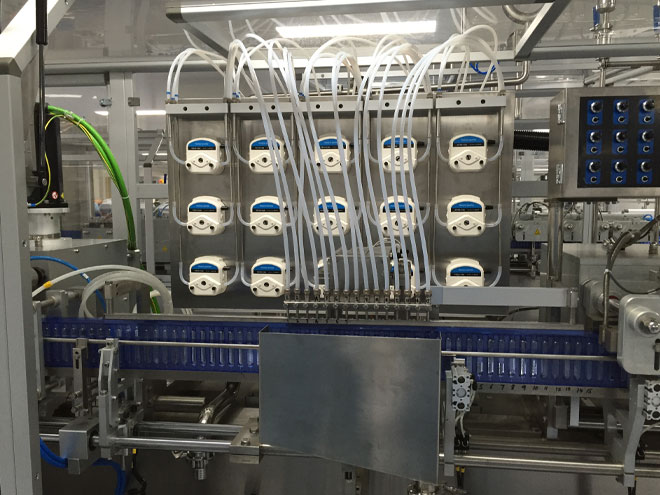
Biomedicine
-

Laboratory research field
-

Water treatment industry
-

Chemical Industry
-

Food and beverage industry
-

Medical testing industry
-

Mining and metallurgical industries
-

Environmental protection industry
-
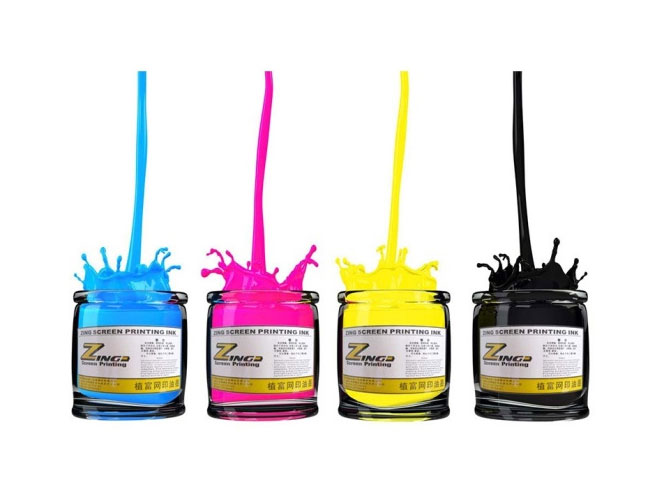
Ink printing industry
-

High voltage electrospinning
-

Biomedicine
-

Laboratory research field
-

Water treatment industry
-

Chemical Industry
-

Food and beverage industry
-

Medical testing industry
-

Mining and metallurgical industries
-

Environmental protection industry
-

Ink printing industry
-

High voltage electrospinning
-

Biomedicine
-

Laboratory research field
-

Water treatment industry
-

Chemical Industry
-

Food and beverage industry
-

Medical testing industry
-

Mining and metallurgical industries
-

Environmental protection industry
-

Ink printing industry
-

High voltage electrospinning
-

Biomedicine
-

Laboratory research field
-

Water treatment industry
-

Chemical Industry
-

Food and beverage industry
-

Medical testing industry
-

Mining and metallurgical industries
-

Environmental protection industry
-

Ink printing industry
-

High voltage electrospinning
-

Biomedicine
-

Laboratory research field
-

Water treatment industry
-

Chemical Industry
-

Food and beverage industry
-

Medical testing industry
-

Mining and metallurgical industries
-

Environmental protection industry
-

Ink printing industry
-

High voltage electrospinning
-

Biomedicine
-

Laboratory research field
-

Water treatment industry
-

Chemical Industry
-

Food and beverage industry
-

Medical testing industry
-

Mining and metallurgical industries
-

Environmental protection industry
-

Ink printing industry
-

High voltage electrospinning
-

Biomedicine
-

Laboratory research field
-

Water treatment industry
-

Chemical Industry
-

Food and beverage industry
-

Medical testing industry
-

Mining and metallurgical industries
-

Environmental protection industry
-

Ink printing industry
-

High voltage electrospinning
-

Biomedicine
-

Laboratory research field
-

Water treatment industry
-

Chemical Industry
-

Food and beverage industry
-

Medical testing industry
-

Mining and metallurgical industries
-

Environmental protection industry
-

Ink printing industry
-

High voltage electrospinning
-
- Service
- News
- Company
 Your location:Home > News
Your location:Home > News
 400-0602-365
400-0602-365 




